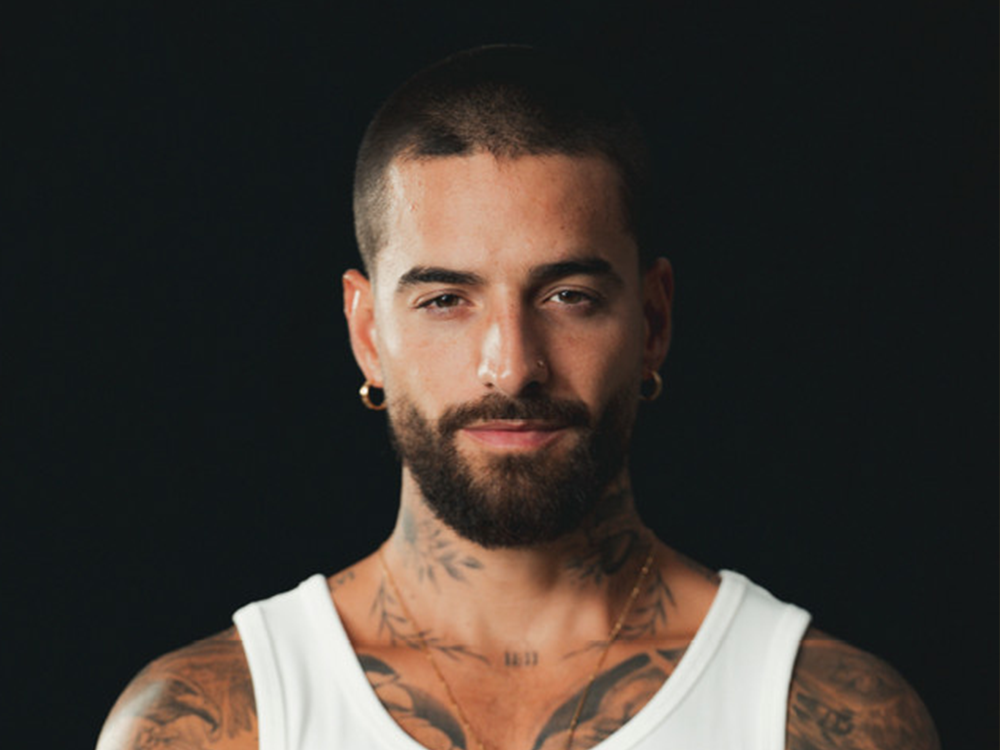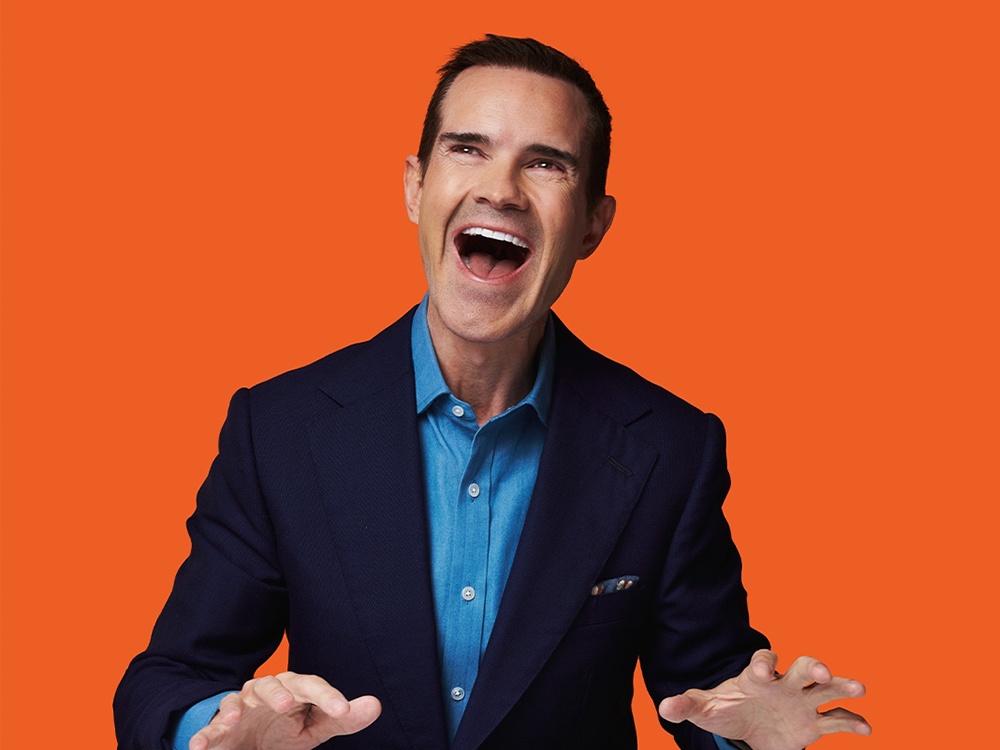The modeling industry has undergone significant transformation in recent years, moving towards greater diversity and inclusivity. There’s now a growing recognition that beauty comes in all shapes, sizes, ages, and ethnicities, and this shift has opened up opportunities for a much broader range of individuals to pursue modeling careers. You no longer have to be a size zero to fit in and book modeling jobs. The modeling industry has evolved significantly. It’s not just high-end brands anymore; models are now in demand for a wide range of jobs across various industries.
Deciding what kind of model you are is a crucial first step. Your friends, family & agent can offer valuable insights and perspectives to help you identify your strengths and unique attributes as a model. Once you have a better understanding of your potential niche, you can tailor your portfolio and approach accordingly.
Here are various types of modeling, each requiring different physical attributes, skills, and characteristics. Here are some of the most common types of modeling:
- Fashion Modeling: Fashion models typically work in the high-fashion industry, walking the runway for fashion shows and appearing in fashion magazines, advertisements, and campaigns. They are tall, usually between 5’9″ and 6’0″, with well-proportioned bodies and distinctive facial features.
- Commercial Modeling: Commercial models represent products and services in print advertisements, catalogs, commercials, and promotional materials. They come in a wide range of shapes, sizes, ages, and ethnicities, as they need to appeal to a broad audience.
- Fitness Modeling: Fitness models have well-toned bodies and often specialize in promoting fitness apparel, health products, and exercise routines. They appear in magazines, advertisements, and promotional materials related to health and wellness.
- Plus-Size Modeling: Plus-size models represent the growing market of clothing and products designed for people of larger sizes. They typically have curvier figures and work in fashion, commercial, and advertising campaigns aimed at plus-size audiences.
- Runway Modeling: Runway models showcase clothing and accessories by walking the runway during fashion shows and events. They need to have strong runway-walking skills, poise, and confidence to effectively present the designer’s creations.
- Parts Modeling: Parts models specialize in modeling specific body parts, such as hands, feet, legs, or eyes, for advertisements, commercials, and product shots. They typically have well-proportioned and aesthetically pleasing features in the targeted area.
- Promotional Modeling: Promotional models represent brands and companies at events, trade shows, and promotional campaigns. They engage with consumers, distribute samples, and create brand awareness through personal interactions.
After you have decided what type of model you want to pursue you have to hit the ground running. Starting out in the modeling industry can be exciting yet challenging. Here’s a step-by-step guide to help you navigate the process:
- Build your portfolio: Start by creating a portfolio of professional photographs showcasing your versatility and range as a model. These photos should highlight different looks, poses, and expressions. You can collaborate with photographers, or even take some quality photos yourself.
- Research agencies: Look for reputable modeling agencies that represent models in your category. Research their requirements and submission process. It’s essential to choose agencies that have a good reputation and a track record of success such as Motivate Talent.
- Submit your portfolio: Submit your portfolio to multiple agencies according to their submission guidelines. Be prepared for rejection and keep trying until you find the right fit. You can also attend open casting calls if agencies offer them.
- Networking: Attend events, fashion shows, and industry parties to network with professionals in the modeling industry. Building relationships with photographers, designers, and other models can lead to new opportunities.
- Maintain your appearance: Keep yourself in top physical condition by eating healthily, exercising regularly, and taking care of your skin, hair, and nails. Your appearance is your most important asset as a model.
- Develop your skills: Take classes or workshops to improve your modeling skills, such as posing, runway walking, and expressing emotions through body language and facial expressions.
- Be professional: Always be punctual, polite, and professional in your interactions with clients, photographers, and agents. Your reputation and attitude can make a significant impact on your success in the industry.
- Stay persistent: Rejection is a common part of the modeling industry. Stay persistent and resilient in the face of setbacks. Keep improving your skills, expanding your network, and seeking out new opportunities.
- Consider alternative avenues: In addition to traditional modeling agencies, explore alternative avenues such as freelance modeling, social media influencing, or niche modeling markets that may be a better fit for your unique look and style.
Remember, success in modeling takes time, patience, and perseverance. Stay focused on your goals and continue to work hard towards achieving them.





